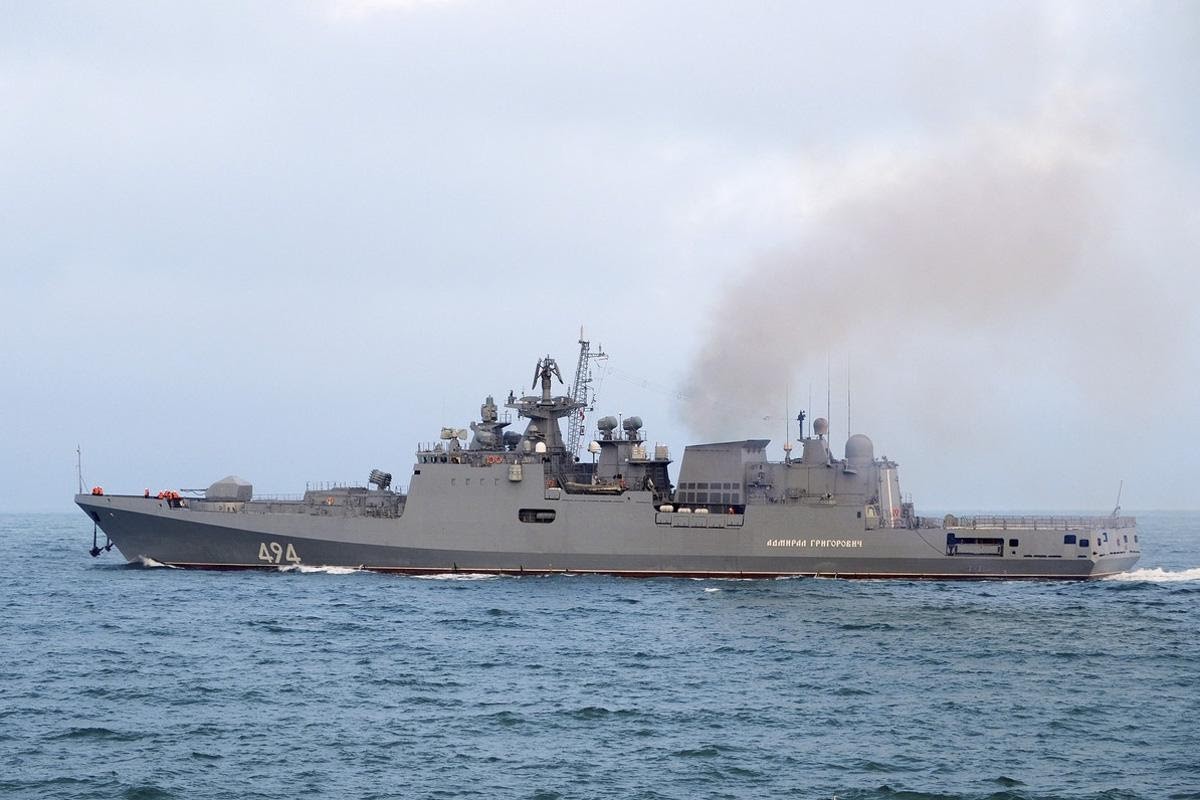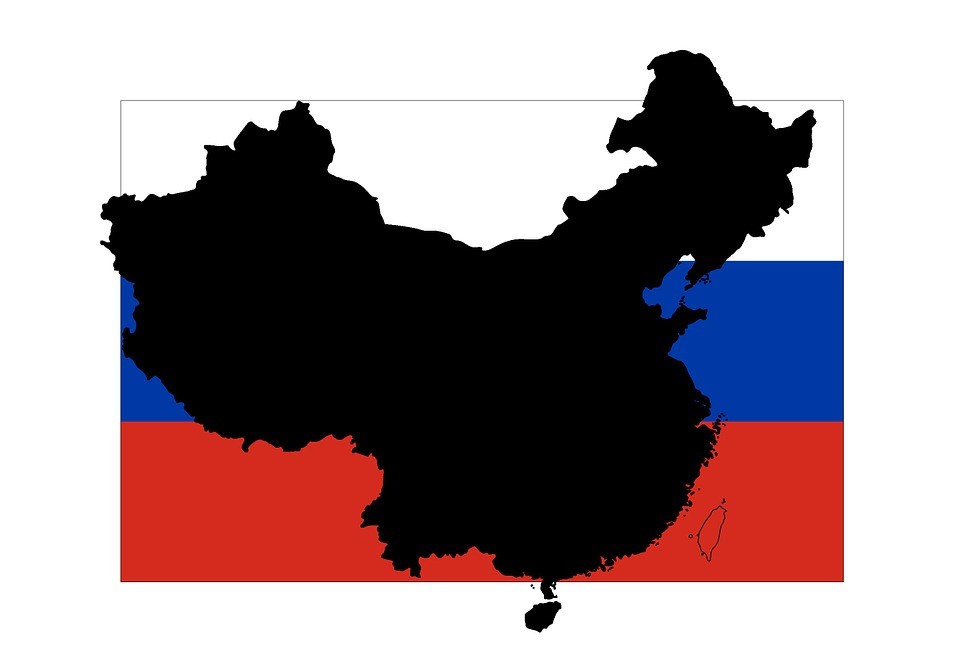According to the Migration Policy Institute (MIP), “(t)he U.S. Census Bureau experienced significant challenges collecting data in 2020 due to the COVID-19 pandemic and released only a small number of data points from its 2020 American Community Survey, which it called ‘experimental.’ As a result, (the MIP) has to rely on 2019 data for a number of sociodemographic and economic characteristics of immigrants…with some of the trends it describes predating the pandemic.”
Even given these limitations, however, the numbers from 2019 are startling. ” MIP estimates there were about 11 million unauthorized immigrants in the United States in 2019. Almost half resided in three states: California (25 percent), Texas (16 percent), and New York (8 percent). The vast majority (81 percent) lived in 176 counties with 10,000 or more unauthorized immigrants each, of which the top five—Los Angeles County, California; Harris County, Texas; Dallas County, Texas; Cook County, Illinois; and Orange County, California—accounted for 20 percent of all unauthorized immigrants.”
And just who are these “unauthorized immigrants?” “Mexicans and Central Americans accounted for roughly two-thirds (67 percent, or 7.4 million) of U.S. unauthorized immigrants in 2019, according to MPI estimates. About 1.7 million (15 percent) were from Asia; 907,000 (8 percent) from South America; 440,000 (4 percent) from Europe, Canada, or Oceania; 327,000 (3 percent) from the Caribbean; and 295,000 (3 percent) from Africa. Unauthorized immigrants’ top countries of birth were Mexico (48 percent), El Salvador and Guatemala (7 percent each), India (5 percent), and Honduras (4 percent).”
Add to these numbers the statistics for “Southwest Land Border Encounters” published online by US Customs and Border Protection. Those “encountered” crossing the border between Mexico and the United States are defined as Accompanied Minors, Individuals in a Family Unit, Single Adults, and Unaccompanied Minors. In total, in June 2022 alone, there were 207, 416 “Enforcement Encounters.” In May, 240,991; April, 235, 706; March, 222,340; February, 165,905; and in January of 2022, 154, 813.
Thus, for the first 6 months of this year, there have been 1,227,171 border crossers encountered by the Border Patrol. If the estimate of 11 million “unauthorized immigrants” residing in the US in 2019 is accepted for the purpose of comparison, this means that roughly another 11% of the 2019 total estimated illegal immigrants have surged across our Southern border in the first half of this year alone.
According to the Cambridge University Dictionary, besides the ordinary definition of an “invasion” as “an occasion when an army or country uses force to enter and take control of another country,” there are two other accepted definitions: “an occasion when a large number of people or things come to a place in an annoying and unwanted way” and “an action or process that affects someone’s life in an unpleasant and unwanted way.” Under these definitions, Is there some reasonable view under which the influx of 1.2 million people into our country is not an invasion?
Of course, if you ask the person responsible for border security, there is no problem. At the end of April, “Department of Homeland Security (DHS) Secretary Alejandro Mayorkas appeared before the House Judiciary Committee…for an oversight hearing…(i)n his opening remarks, Ranking Member Jim Jordan quoted Mayorkas from last year telling supporters that, ‘The border is secure and we’re executing our plan’… (w)hen asked by Rep. Michael Guest, ‘Are you testifying as you sit here today that the Southwest border is secure?’, Mayorkas replied, ‘Yes, I am.’ At another point in the hearing, Mayorkas went further, proclaiming that DHS has ‘operational control of the southern border.’ While the word ‘secure’ could be open to some interpretation, ‘operational control’ is a statutory term with an unambiguous definition. Under section 2(a) of the ‘Secure Fence Act of 2006,’ Congress defined ‘operational control’ as ‘the prevention of all unlawful entries into the United States, including entries by terrorists, other unlawful aliens, instruments of terrorism, narcotics, and other contraband.’ This definition was read out loud to Mayorkas before his response, making it all the more remarkable that he claims to have fulfilled that edict.”
But his boss, Joe Biden, must think there might just be a problem of some sort. In June, the President claimed that “we know that safe, orderly, and legal migration is good for all our economies. But we need to halt the dangerous and unlawful ways people are migrating…(u)nlawful migration is not acceptable, and we’ll secure our borders.”
Either President Biden is mistaken, or Secretary Mayorkas is lying, and based on the evidence, the later is more likely. At the end of July, “(t)he Biden administration…authorized completion of the Trump-funded U.S.-Mexico border wall in an open area of southern Arizona near Yuma that has become one of the busiest corridors for illegal crossings…. Yuma sector has quickly emerged as the third busiest of nine sectors along the border… Agents stopped migrants more than 160,000 times from January through June in the Yuma sector, nearly quadruple from the same period last year. The only other sectors with more traffic were Del Rio and Rio Grande Valley in South Texas.”
While completing the border wall is a step in the right direction, the Biden Administration’s response to the invasion of our Southern border is too little, too late. In fact, an entire industry has grown up around moving illegal migrants from the border to the interior of the United States.
“In addition to providing essential services to immigrants and refugees to the U.S.,” Catholic Charities USA “also advocate(s) for policies that protect family unity and allow newcomers to contribute to and more fully participate in their new communities.” “Migrants are an especially vulnerable population cared for by Catholic Charities staff and volunteers because they are on the move, far from home, and strangers in a strange land. After being processed by federal authorities, they arrive at our sites weary from their travels…Catholic Charities serves migrants and refugees along the border and throughout the U.S. interior by providing for basic humanitarian needs such as food, shelter and clothing; assisting families with social work case management; providing asylum-seekers with immigration legal assistance; and resettling refugees from all corners of the world.”
Where does the money come from for these efforts? “(F)ederal and state governments often rely on local nonprofit entities to undertake tasks that would otherwise fall to the government, often because of acute and abrupt need, and also because of the nonprofits’ particular areas of expertise. Catholic Charities has a long history of assisting migrants and refugees,” according to Kevin Clarke. “Like many not-for-profit social service entities in the United States, Catholic Charities USA receives significant funding from the federal government through contracts awarded for much-needed social services.”
Indeed. At the Website for the United States Conference of Catholic Bishops, there is a full page of federal grants available, including a “Reception And Placement Grant,” which “is funded on a per capita basis by the U.S. Department of State/Bureau of Population, Refugees and Migration (DOS/BPRM). The grant supports basic resettlement services to newly arriving refugees sponsored under USCCB/MRS auspices,” and a “Services To Newly Arrived Refugees” grant, which is “funded through DHHS/ORR, provides enhanced services to newly arrived refugees at sites selected for their proven success in resettlement, under the Preferred Communities program.”
Clarke denies that Catholic Charities profits from these grants and federal contracts. But, there is enough money available to provide for the needs of the hundreds of thousands of “undocumented migrants” crossing our Southern Border daily. Recently, a family of migrants with Covid informed a local police officer in Texas “that Border Patrol had released them days prior due to their coronavirus status, (and that) a charity group had paid for their room at the nearby Texas Inn Hotel. The officer followed up on that information, finding out that Catholic Charities of The Rio Grande Valley had booked all the rooms in the hotel to house undocumented immigrants detained by Border Patrol.”
In fact, the American Civil Liberties Union has filed suit to stop this distribution of federal funds to Catholic Charities. “The ACLU sued U.S. Health and Human Services in June, claiming its allocation of millions in taxpayer dollars to faith-based groups like the U.S. Conference of Catholic Bishops violates the separation of church and state by ‘subsidizing religious beliefs.'” US government attorneys “described the distribution of $1.6 billion that Congress authorized for the Office of Refugee Resettlement (ORR) to dole out through grants as an ‘executive action’ that cannot be challenged by taxpayers in federal court.”
$1.6 billion dollars may not constitute a profit to Catholic Charities and the US Conference of Catholic Bishops. But it certainly will keep a lot of aid workers employed for both groups.
Meanwhile, the local governments of “sanctuary cities” like New York, Washington DC, San Francisco and Los Angeles continue to make life easier for the undocumented. Several years ago, New York City instituted an ID program “for all New Yorkers, from all backgrounds, and from all five boroughs. Your immigration status does not matter. The free, municipal identification card for New York City residents, ages 10 and up, provides access to a wide variety of services and programs offered by the City. IDNYC cardholders enjoy benefits and discounts offered by businesses and cultural institutions across the five boroughs.”
Meanwhile, “(t)he city of San Francisco has started an advertising push with a specific target market: illegal immigrants….(i)n what may be the first such campaign of its kind, the city plans to publish multilanguage brochures and fill the airwaves with advertisements relaying assurance that San Francisco will not report them to federal immigration authorities…’I guess it”s what you expect from San Francisco,’ said Ira Mehlman of the Federation for American Immigration Reform in Washington, which lobbies for stronger immigration enforcement. ‘But now, not only are they helping people break the law of the federal government, they are advertising it. I don”t know of any other city actually looking for illegal immigrants.'”
San Francisco began advertising its “Sanctuary City” status in 2008. More recently, “(t)he Los Angeles County Board of Supervisors voted unanimously with no discussion to allow the county to no longer require U.S. citizenship for government jobs…(a)ccording to the adopted motion, the new policy ‘ensures that applicants for employment are fairly and equitably considered, without regard to national origin, citizenship or other non-merit factors that are not substantially related to successful performance of the duties of the position,’ the Los Angeles Daily News reported.”
But sanctuary status has begun to backfire on Democratic-led cities. “Texas Republican Gov. Greg Abbott has been organizing buses to bring migrants to DC in an effort to highlight his criticism of (the) Biden administration’s immigration policies. According to Abbott’s office, more than 5,100 migrants have arrived in Washington from Texas on more than 135 buses.” For her part, Washington DC mayor Muriel Bowser, is wondering what to do with all these extra mouths to feed. “The mayor’s office is requesting to convert the DC Armory, Joint Base Bolling, Fort McNair or another ‘suitable federal location in the National Capital Region’ into a processing center for the migrants. The regional welcome center established to aid the migrants in Montgomery County, Maryland, is at capacity, according to the request…’I’ve asked for the deployment of the (National) Guard as long as we need…to deal with the crisis that we expect to escalate,’ Bowser said. ‘The number of people crossing the border seeking asylum we expect to only go up. And we need to make sure that there is a national response, not an ad hoc, city-by-city, state-by-state response.'”
Of course, what is really at the heart of Mayor Bowser’s request for more welcome centers and the National Guard? “DC has already facilitated the help of the Federal Emergency Management Agency with a $1 million grant, Bowser said.”
Maybe Mayor Bowser should be asking Catholic Charities and the US Conference of American Bishops how to seek federal grants for the care and feeding of the exploding illegal immigrant population.
In any event, there is no denying that the illegal immigration issue has become unmanageable, even for aid workers grabbing federal funding hand over fist. Unless, of course, you’re the Secretary of the Department of Homeland Security.
Judge John Wilson (ret.) served on the bench in NYC.
Illustration: Pixabay









